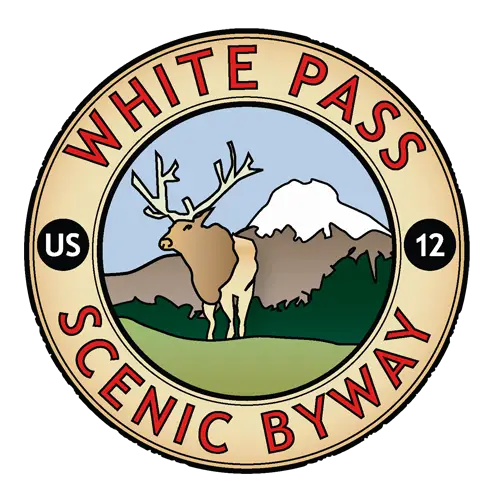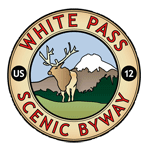[fusion_builder_container type=”flex” hundred_percent=”no” equal_height_columns=”no” menu_anchor=”” hide_on_mobile=”small-visibility,medium-visibility,large-visibility” class=”” id=”” background_color=”” background_image=”” background_position=”center center” background_repeat=”no-repeat” fade=”no” background_parallax=”none” parallax_speed=”0.3″ video_mp4=”” video_webm=”” video_ogv=”” video_url=”” video_aspect_ratio=”16:9″ video_loop=”yes” video_mute=”yes” overlay_color=”” video_preview_image=”” border_color=”” border_style=”solid” padding_top=”” padding_bottom=”” padding_left=”” padding_right=””][fusion_builder_row][fusion_builder_column type=”1_1″ layout=”1_1″ background_position=”left top” background_color=”” border_color=”” border_style=”solid” border_position=”all” spacing=”yes” background_image=”” background_repeat=”no-repeat” padding_top=”” padding_right=”” padding_bottom=”” padding_left=”” margin_top=”0px” margin_bottom=”0px” class=”” id=”” animation_type=”” animation_speed=”0.3″ animation_direction=”left” hide_on_mobile=”small-visibility,medium-visibility,large-visibility” center_content=”no” last=”true” min_height=”” hover_type=”none” link=”” border_sizes_top=”” border_sizes_bottom=”” border_sizes_left=”” border_sizes_right=”” first=”true”][fusion_text columns=”” column_min_width=”” column_spacing=”” rule_style=”” rule_size=”” rule_color=”” hue=”” saturation=”” lightness=”” alpha=”” content_alignment_medium=”” content_alignment_small=”” content_alignment=”” hide_on_mobile=”small-visibility,medium-visibility,large-visibility” sticky_display=”normal,sticky” class=”” id=”” margin_top=”” margin_right=”” margin_bottom=”” margin_left=”” fusion_font_family_text_font=”” fusion_font_variant_text_font=”” font_size=”” line_height=”” letter_spacing=”” text_transform=”” text_color=”” animation_type=”” animation_direction=”left” animation_color=”” animation_speed=”0.3″ animation_delay=”0″ animation_offset=”” logics=””]
Forty years ago on the morning of May 18, 1980, a magnitude 5.1 earthquake triggered the collapse of the summit and north flank of Mount St. Helens and formed the largest landslide in recorded history.
Gas rich magma and super-heated groundwater trapped inside the volcano were suddenly released in a powerful lateral blast. In less than three minutes, 230 square miles of forest lay flattened. The hot gas and magma melted the snow and ice that covered the volcano. The resulting floodwater mixed with the rock and debris to create concrete-like mudflows that scoured river valleys surrounding the mountain.
A plume of volcanic ash and pumice billowed out of the volcano reaching a height of 15 miles and transformed day into night across Eastern Washington. Avalanches of super-heated gas and pumice, called pyroclastic flows, swept down the flanks of the volcano. While the landslide and lateral blast were over within minutes, the eruption column, mudflows and pyroclastic flows continued throughout the day and following night.
By the following morning major eruptive activity had ceased and the landscape appeared to be a gray wasteland. In 1982, Congress created the 110,000-acre National Volcanic Monument for research, recreation, and education. From this wasteland, new life soon emerged and thrived. The following decades have offered insight into the recovery of ravaged landscapes.
Schedule of Virtual Mount St. Helens 40th Anniversary Events on May 18:
Join us virtually to celebrate the 40th anniversary of the eruption of Mount St. Helens. For a full list of events and activities please visit: www.mshinstitute.org/mshinside
May 16, 6:00 PM, Bill Nye Live 2020!
May 4, May 11, May 18 – WA State Parks, Mount St. Helens Mondays
May 19, 26 Every Tuesday, 11:00 AM – 11:30 AM, Volcano Tuesdays
May 17, 3:30 PM, Mount St. Helens: A Landscape Across Time, Portland Art Museum. Live on Facebook (See also: Volcano! Mount St. Helens in Art – Online Exhibition)
Week of May 18th: Learn from Home: US Geological Survey’s Youth and Education Service
May 18, 11:30 AM – 12:30 PM, Volcano Preparedness with Washington Emergency Management on Facebook Live.
May 18, 2:00 PM, Here a short Interpretive Talk & Q & A with Forest Service Ranger Trevor Ness on Facebook Live.
May 18, 6:00 PM – 8:30 PM, Mount St. Helens Virtual Story Hour w/Washington State Parks
May 18th 6:30 PM , Mount St. Helens and the Cascade Range Volcanoes, followed by live audience Q&A at 8:00pm with Pacific Northwest Seismic Network
May 18, 6:30-8:30 PM, OMSI Virtual Science Pub: Mount St. Helens rocked our world!
[/fusion_text][/fusion_builder_column][/fusion_builder_row][/fusion_builder_container]

